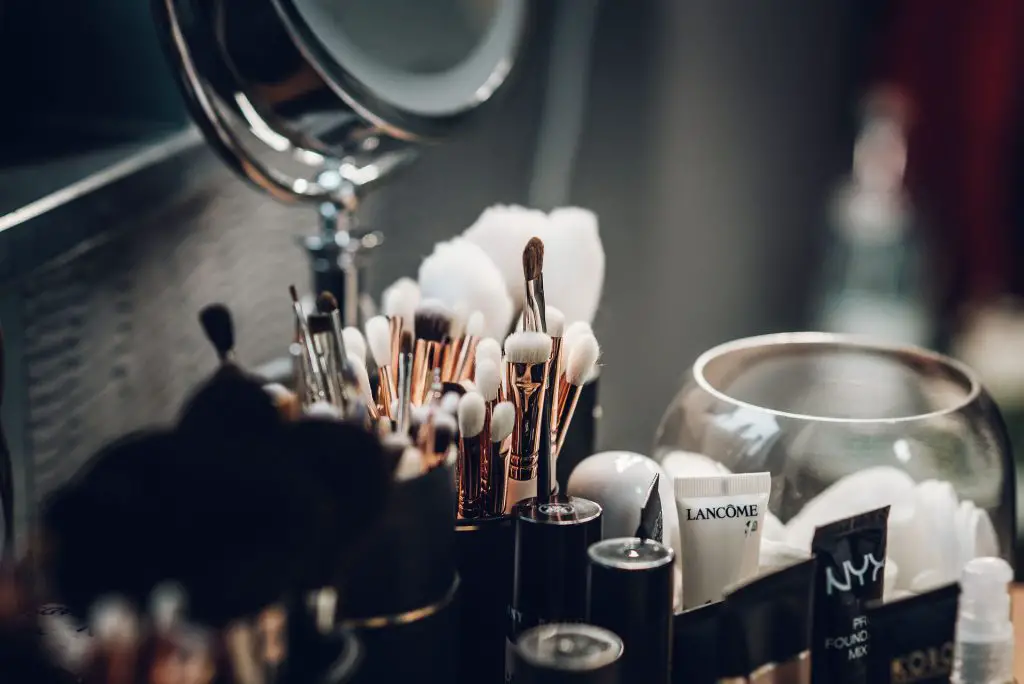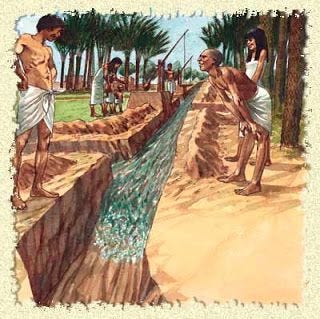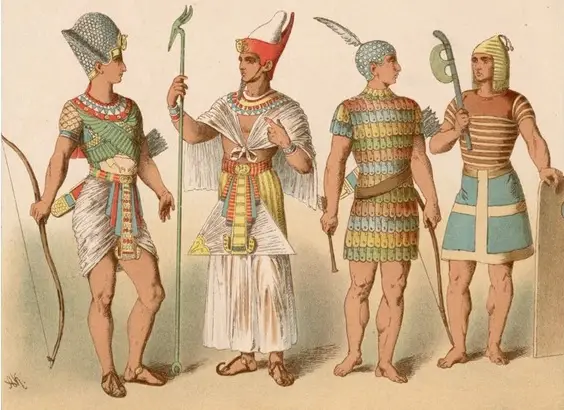 he ancient Egyptians had a huge impact on many civilizations and cultures which allowed them to evolve. Many things that our Egyptian ancestors invented are still used by people in everyday life. Many would also argue that these inventions have shaped our world and the technology that we use today. Even how basic these may seem, without their use we potentially would have never reached this day and age.
he ancient Egyptians had a huge impact on many civilizations and cultures which allowed them to evolve. Many things that our Egyptian ancestors invented are still used by people in everyday life. Many would also argue that these inventions have shaped our world and the technology that we use today. Even how basic these may seem, without their use we potentially would have never reached this day and age.
1. Ink
Black ink is one of the basic substances that people use every day, but few people wonder where it comes from. The Egyptians discovered ink produced by an octopus in 2500 BC which they used not only to make works of art but also to write hieroglyphs. Their ink was so good that thousands of years later the fruit of their labor could still be seen in detail.
2. Makeup

While contemporary makeup is largely reserved for women, in ancient Egypt, both women and men were extremely concerned about their appearance and hygiene. People used makeup for all sorts of reasons, from being part of religious ceremonies to medical reasons. The Egyptians designed beauty products such as dermatographia pencils by mixing soot with minerals and a type of ointment. Makeup was also an indicator of social class: the more colors you used on your skin and body, the richer you seemed, sort of like wearing expensive brands today.
3. Furniture
Inside a house, from first sight, you can see several pieces of furniture that mankind inherited from the Egyptians. Objects such as the table, bed, or chair were discovered in Egyptian tombs, and they probably decreed their imposing palaces. For ordinary people, an ordinary house had only a few baskets or crates, because they did not have many personal items to keep, and the tables were used only in graves to place offerings.
4. Writing

The Egyptians were the first to keep a written record of their lives. Their first form of writing, the use of hieroglyphics, is characterized by the use of several drawings and symbols. They used written communication to keep in touch with other people far away, to keep different kinds of records, and to control what was going on in the empire.
5. Paper

But of course, to do all the written work you need something to write on. The Egyptians created the paper to write their lives, religious texts, and also for important documents. They produced paper in industrial quantities and sold it to other civilizations such as Greece. They made paper from a type of hard reed that grew on the banks of the Nile. They held it in the shape of a tube, and “filled” it with everything from literature to music and science. Also, the method of making paper was kept secret, in order to keep a monopoly.
6. Clocks


These time devices allowed the Egyptians to determine more about their environment. For starters, the sundial or the shadow clock told them what time it was depending on the position of the sun in the sky. The water clock allowed them to take into account the passage of time in the evening. It was also used for various rituals during the night. Thanks to them and the sundial, it was determined which was the longest, respectively the shortest day of the year.
7. Wigs

Hot summers and the lack of hygiene caused lice to appear. To keep the parasites away, most Egyptians opted for wigs. They protected them from the sun and were worn by both men and women. The only ones who did not wear wigs were the priests and the workers because they could not afford to buy them. The first wigs were made of human hair or wool. The hair was also covered with beeswax so that it could be braided.
8. Dental hygiene products
Another area where the Egyptians have made improvements is that of oral and dental hygiene. As there were no dentists at the time, they came up with some solutions to certain problems, such as bad breath. Their first attempts were not very good, leaving them with infections and cavities, so the Egyptians invented toothpaste and menthol candy. These products were made from several herbs and essential oils such as incense, myrrh, cinnamon, and honey. Today it is part of our daily lives and an important part of dental hygiene.
9. Crutches

Believe it or not, crutches were actually first seen in history depicted in ancient Egypt. The depiction dates back to 1500 BC and there are even hieroglyphs that have been discovered which state the use of crutches. People say that crutches have been invented by Thomas Fetterman in the 1950s, but the invention had most probably been crafted by ordinary people or doctors even before the Ancient Egyptians.
10. The irrigation system

The ancient Egyptians had a complex irrigation system that allowed them to water their crops during drought. They developed a hydraulic system, with the help of which they could make considerable water reserves. Ancient Egypt was famous at the time for its crops for the simple fact that they had much easier access to water, and could sustain their agriculture during drought.
11. Glass

True masters of glass, the Egyptians created several types of colored glass, as early as 1500 BC. Their skill in the art of making glass was extremely valuable in various exchanges, especially when it came to those glass beads that were believed to have magical powers. In addition, they made jars and bottles, and their blue bottles were famous for their so-called healing powers. Glass became a product in high demand by other civilizations around the world until they learned how to make it themselves.
Without many of what we would call today “basic inventions” life would probably be very different in the sense that we, as a civilization wouldn’t have advanced so much
Avid Writer with invaluable knowledge of Humanity!
Upcoming historian with over 30 million views online.
“You make your own life.”





